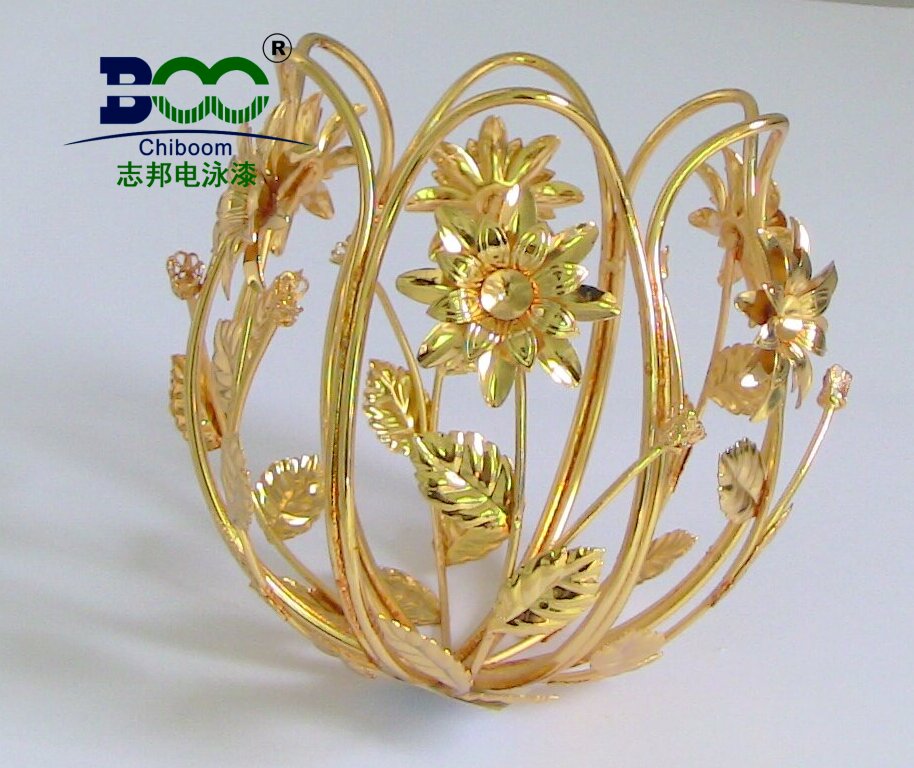Advantages and disadvantages of electrophoretic paint
A Comprehensive Analysis of the Pros and Cons of Electrophoretic Paint Technology
Electrophoretic paint technology, a shining star in modern coating processes, has been widely applied in various industries such as automobiles, home appliances, and hardware since its inception. This technology utilizes electrochemical principles to form a uniform and dense paint film on the surface of workpieces, significantly enhancing the product's appearance quality while also significantly boosting its corrosion resistance and durability. However, like any other technology, electrophoretic paint also has its share of drawbacks. This article delves into the advantages and disadvantages of electrophoretic paint technology for a comprehensive understanding.
Advantages of Electrophoretic Paint
High Adhesion and Uniformity: The most prominent feature of electrophoretic paint lies in its ability to form a uniformly thick and highly adhesive paint film on complex-shaped workpieces. Whether it's deep holes, crevices, or uneven surfaces, electrophoretic paint ensures complete coverage, effectively eliminating issues like missed coatings and uneven application that plague traditional coating methods.
Excellent Corrosion Resistance: The electrophoretic paint film boasts exceptional corrosion and weather resistance, effectively shielding against moisture, oxygen, and corrosive substances. This characteristic is particularly crucial in the automotive industry, where it directly relates to the vehicle's corrosion resistance and long-term safety.

Environmentally Friendly and Energy-Saving: Electrophoretic coating minimizes waste paint and solvent emissions, aligning with modern environmental standards. Furthermore, the highly automated nature of electrophoretic coating lines significantly reduces energy consumption and labor costs.
Facilitates Automated Production: Electrophoretic coating equipment is highly integrated, making it effortless to integrate with robots and other automation equipment for large-scale, high-efficiency production. This aspect is crucial for enhancing productivity and reducing production costs.
Disadvantages of Electrophoretic Paint
Significant Initial Investment: Electrophoretic coating requires specialized equipment such as electrophoresis tanks, ultrafiltration systems, and electrophoresis power supplies, along with stringent control over water quality, temperature, and voltage. This translates into a substantial initial investment, posing an economic challenge for small enterprises or startups.
Complex Process: The electrophoretic coating process involves multiple intricate steps, including pretreatment, electrophoresis, post-rinsing, and drying, each requiring meticulous control to ensure coating quality. This demands operators with advanced technical skills and extensive experience.
Difficult Color Change: Since the paint in the electrophoresis tank is recycled, color changes necessitate thorough cleaning and replacement, which is time-consuming and labor-intensive, potentially impacting production efficiency. Thus, electrophoretic coating is more suitable for large-scale, single-color production scenarios.
Strict Water Quality Requirements: Electrophoretic coating imposes stringent requirements on water quality, necessitating extremely low levels of impurities and ions. This mandates the installation of efficient water treatment systems and regular water quality monitoring and maintenance.
In conclusion, electrophoretic paint technology, with its unique advantages, holds a prominent position in the coating industry. However, its drawbacks should not be overlooked. Enterprises should carefully consider their product characteristics, production scale, and economic conditions when selecting the most suitable coating solution. As technology advances and costs gradually decrease, it is anticipated that electrophoretic paint technology will find even broader applications and develop further.





 WeChat
WeChat